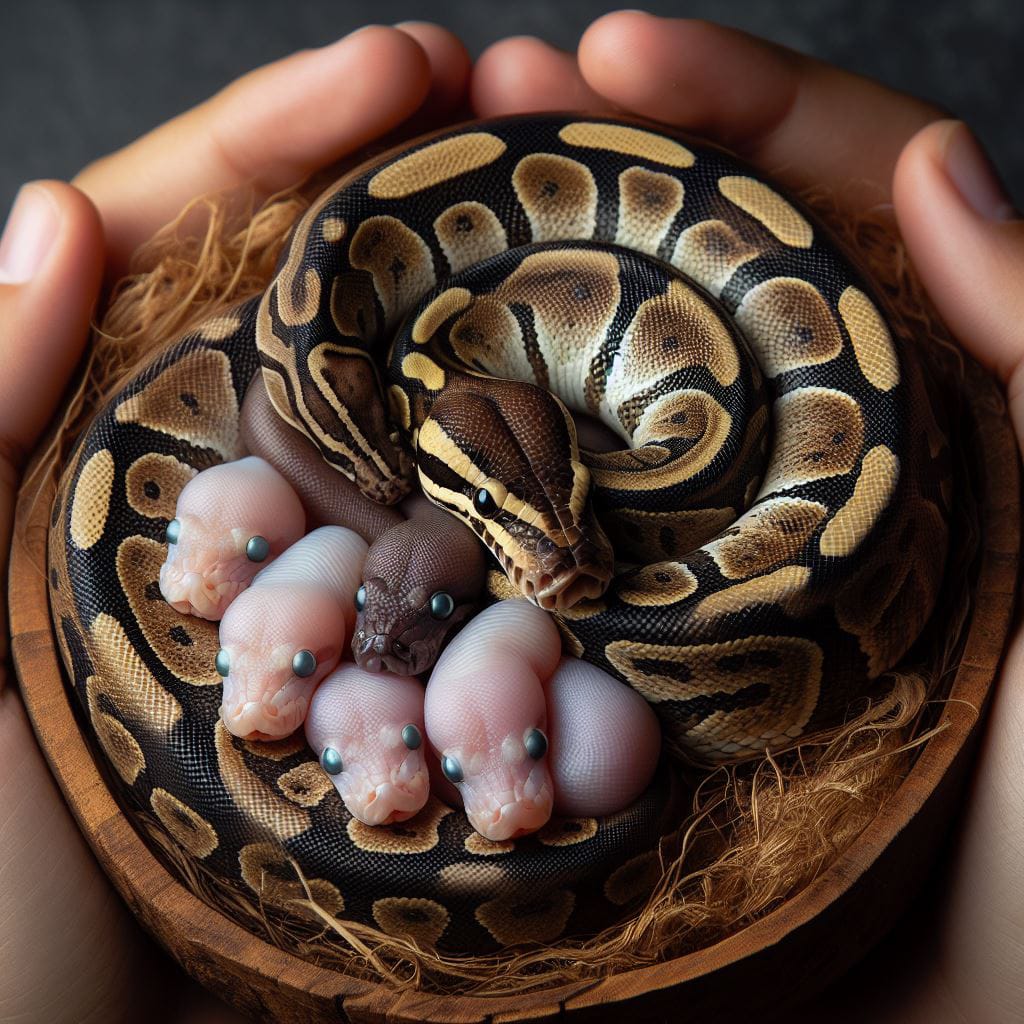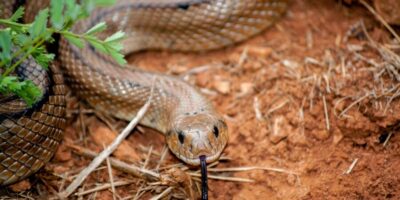When it comes to ball pythons, determining their age can be quite challenging, but it’s not impossible. Understanding the age of a ball python is important for several reasons. Firstly, it helps snake owners provide appropriate care and meet their specific needs at different stages of life. Secondly, knowing the age can also be valuable for breeders who want to track breeding patterns and ensure the health and reproductive success of their snakes.
Size and Weight
When it comes to determining the age of a ball python, the size and weight of the snake can give us some valuable clues. Generally, younger snakes tend to be smaller and lighter, while older ones tend to be larger and heavier. As ball pythons grow, they go through various growth stages, and their size and weight increase accordingly.
By comparing the size and weight of a ball python to the average measurements for different age groups, you can get a rough estimate of its age. Of course, it’s important to keep in mind that there can be variations within each age group, so it’s not an exact science. However, considering the size and weight is a good starting point when trying to determine the age of a ball python.
Growth Rates
Ball pythons indeed grow at different rates depending on their age and overall health. When they are hatchlings, ball pythons typically measure around 10 to 17 inches in length and weigh around 50 to 100 grams. As they progress into the juvenile stage, which is usually around 6 months to 2 years old, they can reach lengths of 2 to 3 feet and weigh anywhere from 300 to 600 grams.
Finally, as adult ball pythons, they can grow to be around 3 to 5 feet in length and weigh between 1,500 to 4,500 grams. These milestones can vary slightly depending on individual genetics and health, but they provide a general guideline for tracking the growth of ball pythons.
Shedding Patterns
Shedding can provide some insights into a ball python’s age. As ball pythons grow, they go through a shedding process called ecdysis, where they shed their old skin to make room for new growth. The frequency of shedding can change as the snake grows older. Younger ball pythons tend to shed more frequently, sometimes every 4 to 6 weeks, as they are experiencing rapid growth.
As they reach adulthood, the shedding frequency may decrease to around once every 6 to 8 weeks. However, it’s important to note that shedding frequency can vary depending on factors such as individual genetics, health, and environmental conditions. So while shedding can provide some general clues about a ball python’s age, it’s not a foolproof method and should be considered alongside other indicators like size and weight.
Body Condition
The overall condition of a ball python’s body can indeed provide indications of its age. Just like with other living beings, as ball pythons age, certain signs become more apparent. One of these signs is muscle tone. Younger ball pythons typically have more defined and toned muscles, while older individuals may show some loss of muscle tone. Another indicator is skin elasticity. Younger ball pythons tend to have more supple and elastic skin, while older ones may exhibit slightly less elasticity.
Additionally, the presence of wrinkles can also be a sign of aging in ball pythons. As they grow older, wrinkles may become more noticeable, particularly around the neck and body. However, it’s important to note that these signs can vary depending on individual genetics, overall health, and environmental factors. Therefore, while they can provide some insights into a ball python’s age, they should be considered alongside other factors like shedding frequency and size.
Breeding History
Knowledge of a ball python’s breeding history can indeed help determine its age. Reproductive maturity is a significant milestone in a ball python’s life and can provide valuable clues about its age. Female ball pythons typically reach sexual maturity around 2 to 3 years of age, while males may mature a bit earlier, around 1 to 2 years. If a ball python has successfully bred or produced offspring, it indicates that it has reached reproductive maturity, which can give an estimate of its age. Additionally, understanding the breeding cycles of ball pythons can also provide insights.
Breeding usually occurs during specific times of the year, often in response to changes in temperature and photoperiod. By knowing the breeding cycles and patterns of ball pythons, experts can make informed estimates about the age of an individual based on their breeding history. However, it’s important to note that breeding history alone may not provide an exact age, as some individuals may not breed or reproduce for various reasons.Therefore, it’s always best to consider multiple factors when determining the age of a ball python.
How do I tell how old my snake is?

Genetic Testing (optional)
In some cases, genetic testing can provide more accurate age information for ball pythons. Genetic markers, such as specific DNA sequences or variations, can be used to estimate a ball python’s age. Scientists and researchers have identified certain genetic markers that are associated with different age ranges in ball pythons. By analyzing the DNA of a ball python and comparing it to known genetic markers, how to tell how old my ball python is, experts can make more precise estimations of its age.
This method can be particularly useful when other indicators, like shedding frequency or body condition, are not available or inconclusive. However, it’s important to note that genetic testing for age determination is not always readily accessible and may require specialized equipment and expertise. Therefore, it’s not commonly used in everyday situations, but it can be a valuable tool in certain scientific or breeding contexts.
Conclusion
In summary, we discussed three key points for determining a ball python’s age. First, physical signs like muscle tone, skin elasticity, and wrinkles can give indications of age. Second, knowledge of breeding history and reproductive maturity can provide insights into age estimation.
Lastly, genetic testing using specific markers in the DNA can sometimes offer more accurate age information. It’s important to consider these factors together and consult with experts for the best estimation.
Can I determine my ball python’s age by its size and weight?
Yes, generally younger ones are smaller and lighter, while older ones are larger and heavier.
What are the growth stages of ball pythons?
They go through hatchling, juvenile, and adult stages, with hatchlings being small and adults reaching larger sizes.
How does shedding frequency change with age?
Younger ball pythons shed more frequently due to rapid growth, while adults shed less often.
Do wrinkles indicate a ball python’s age?
Yes, wrinkles, especially around the neck and body, can be signs of aging, but they can vary.
At what age do ball pythons typically reach reproductive maturity?
Females reach maturity around 2-3 years, males a bit earlier. Knowing breeding history helps estimate age.




